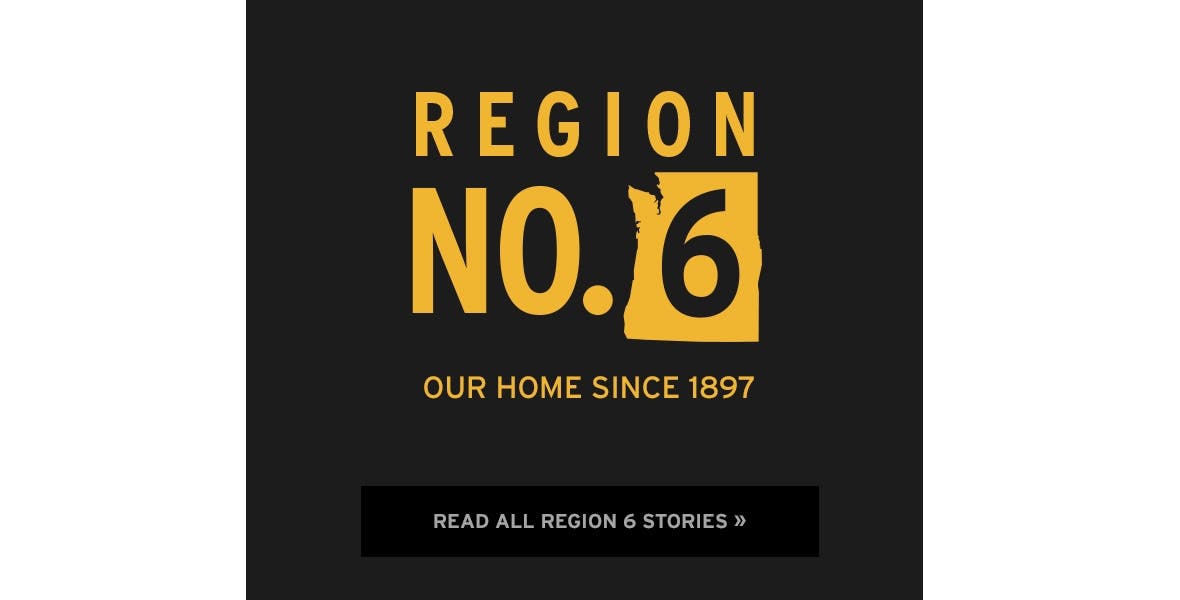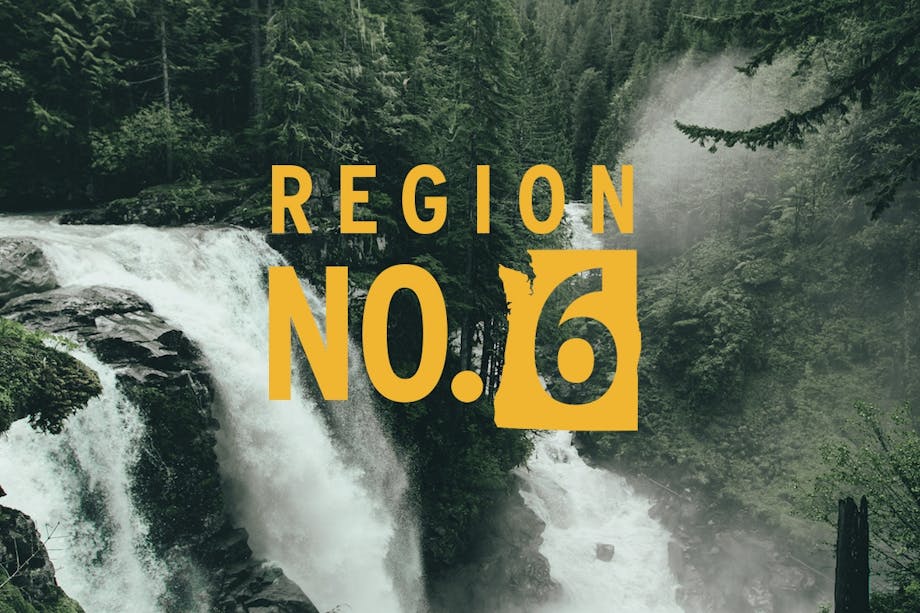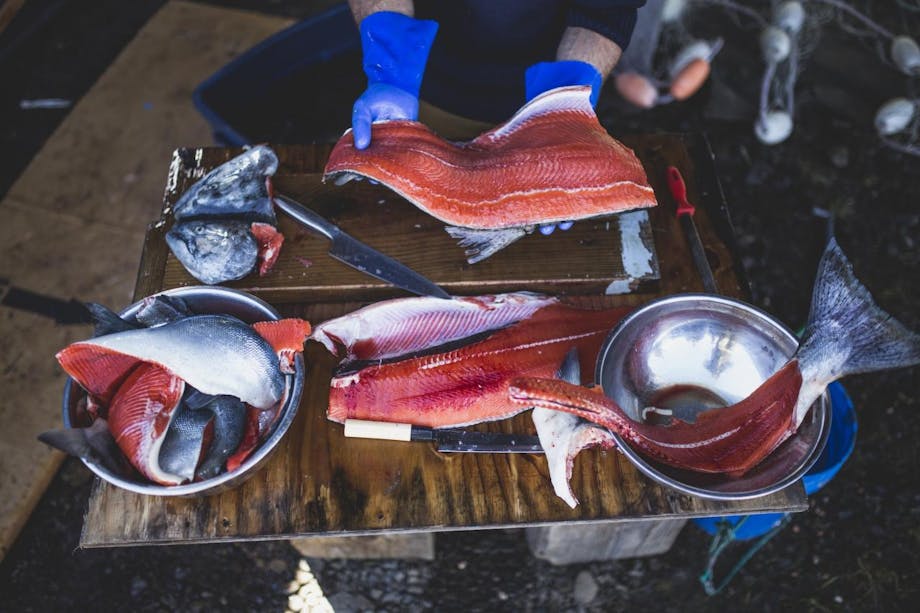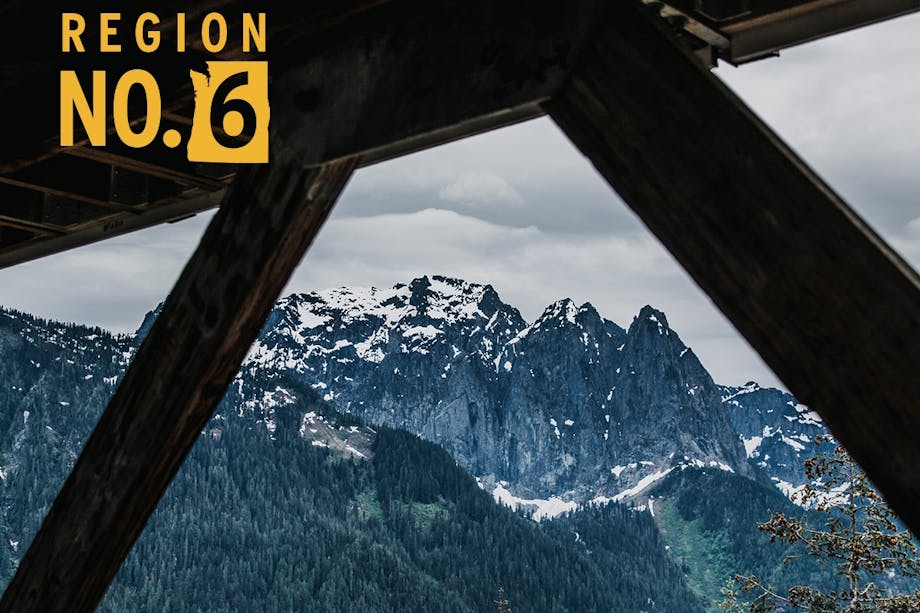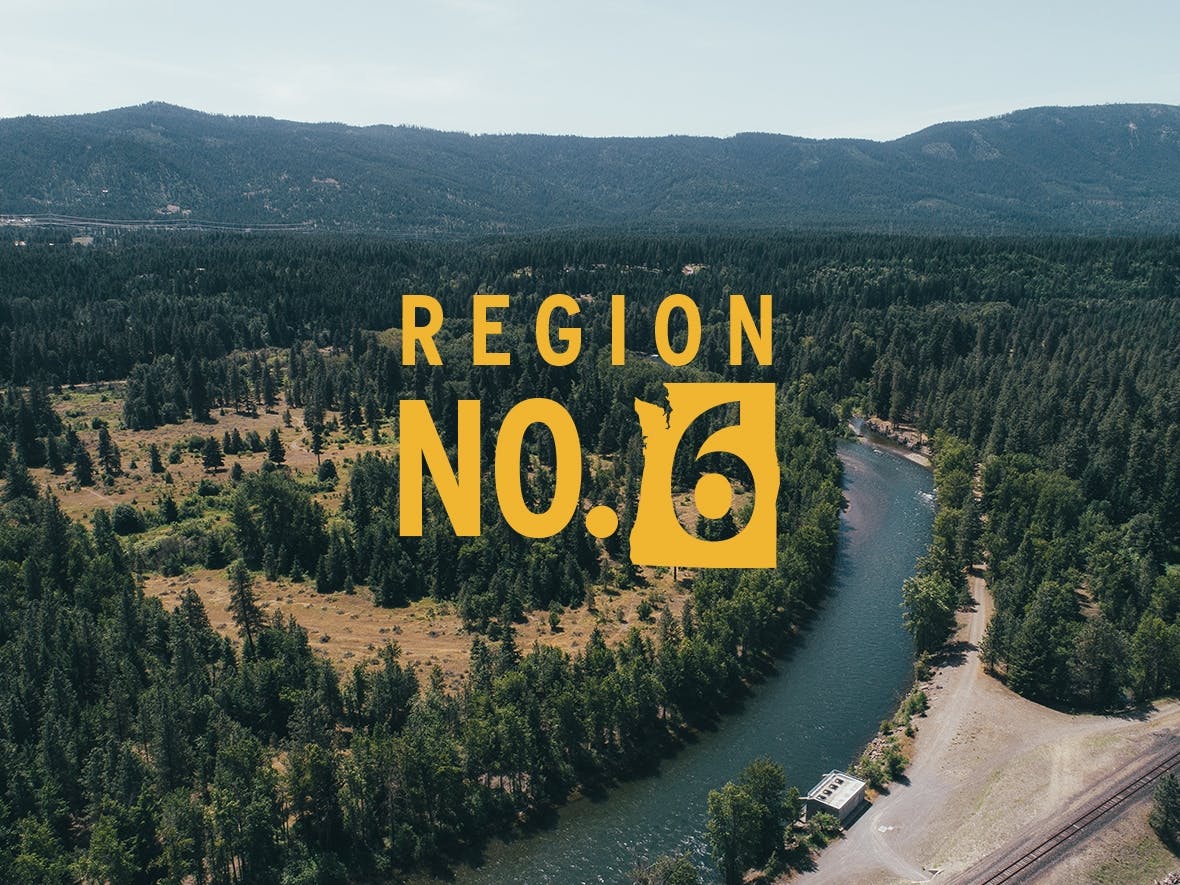
Traditional Yakama beliefs say the Creator put salmon in the rivers so that humans could live. Today, the tribe is returning the favor with a restoration program that is on the global forefront of salmon recovery. This Filson Life is part of Filson’s celebration of the Forest Service and the people of the Pacific Northwest Region of the USFS, Region 6.
Salmon do not like to spawn here.
The stream runs fast and uninterrupted. There’s very little new growth or diversity of vegetation. The floodplain hasn’t been regularly flooded in a long time. Nearby picnic benches sit on clean turf that looks like the manicured lawn of a Boca Raton retirement community. Standing along a section of Taneum Creek, a few miles outside Ellensburg, Washington, Scott Nicolai shakes his head.

“This is not what you want,” says Nicolai, a fisheries biologist for the Yakama Nation. “This is not what the salmon want.
A few miles upstream, we see a very different landscape. Here, the river is choked by logs. Large timbers fill the stream channel in a jumbled mess of wood, water, and vegetation. Some of the logs are submerged, some lay parallel to the current, and others are beached amid the flush of young plants.
Seven years ago, Scott dropped 1,000 logs right here. The logs formed a dam, which caused ponding and flooding. The creek spilled out in several directions across the floodplain. From the road, you can’t see the main channel that’s 100 yards or so away – it’s lost amid a jungle of young trees, clumps of shrubs, and tall grasses.
By restoring logjams, Scott says, he’s restoring river ecology. When Taneum Creek flooded because of Scott’s massive logjam, the stream changed direction, moved gravel bars, and dumped a lot of water into the soil. It also distributed and buried many seeds, which today have grown into a rich, complex riparian ecosystem.
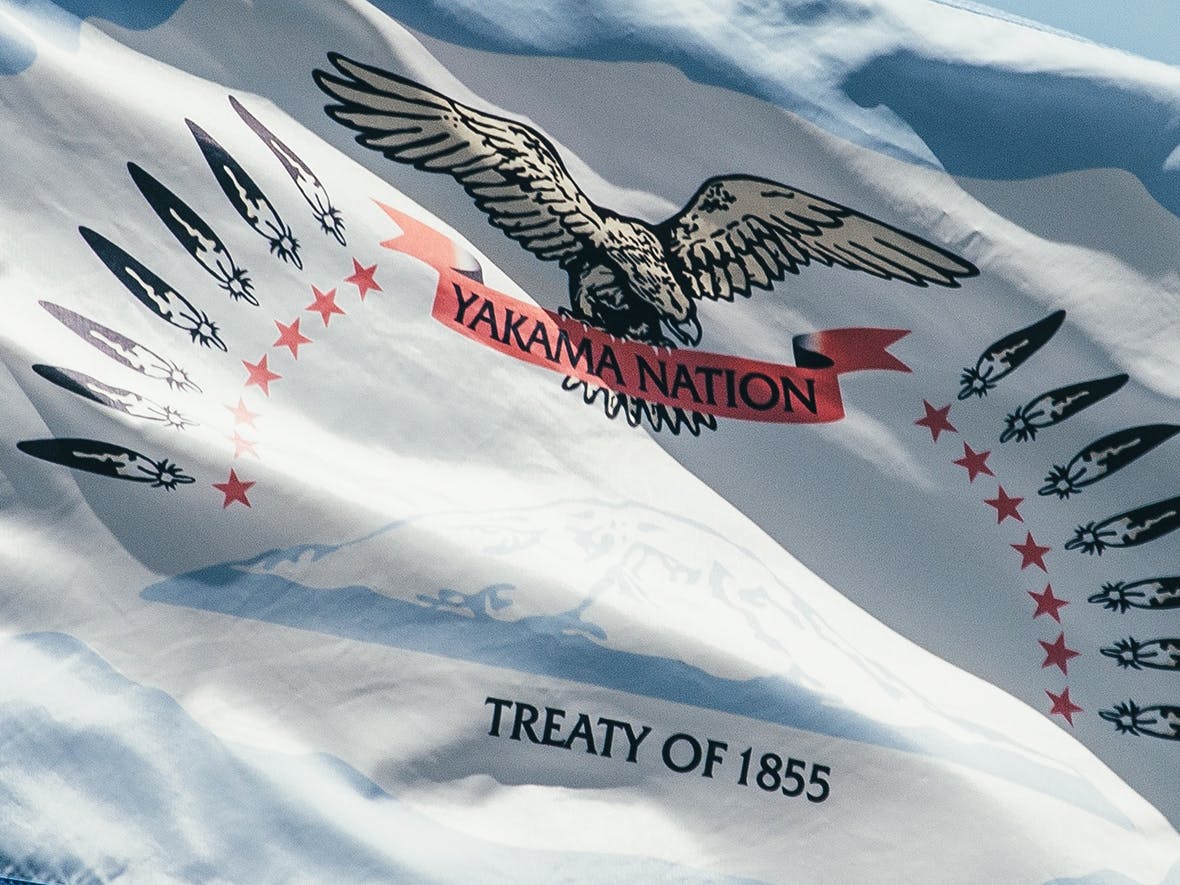
“Wild fish need wild rivers,” he says. “This summer we’re gearing up to replenish five miles of the North Fork of Manastash Creek with a lot of wood.”
The Yakama Nation’s relationship to salmon reaches back as far as its people have lived in the Columbia River Basin, but by the 1970s overfishing and lack of regulation decimated salmon populations almost to extinction.
Everybody agreed to cease harvesting fish until the stocks recovered. Efforts to make that happen began in the late ’70s and early ’80s, and in 1983 the Confederated Tribes and Bands of the Yakama Nation established a fisheries program, working with the Bureau of Reclamation, the Forest Service, and other agencies to bring back the fish that had for so long been both a dietary and cultural staple of the Yakama people.
“We’ve always been a people that have relied and subsisted on the fish,” says Paul Ward, program manager for Yakama Nation Fisheries. “Now it’s our obligation to look after the resource.”
Looking after the resource means installing fish ladders for spawning salmon to bypass dams, implementing harvest quotas for anyone taking fish out of the river, and monitoring the fish populations. It also means promoting wild genetics, using hatcheries as research facilities, and producing healthy, disease-free fish and introducing them into the river – in a responsible way.
In the same way that wild fish need wild rivers, the rivers, too, need fish. Which brings me half an hour up the drainage from Nicolai’s logjams to the Cle Elum Fish Hatchery. Every year, this facility releases 820,000 hatchery-raised, genetically wild Chinook salmon into the Yakima basin.
“This hatchery is a lifeline for spring Chinook salmon,” Ward says. “We started this facility 20 years ago, when some of the lowest counts for spring Chinook were only 300 fish. Now we have runs of up to 10,000 fish.”
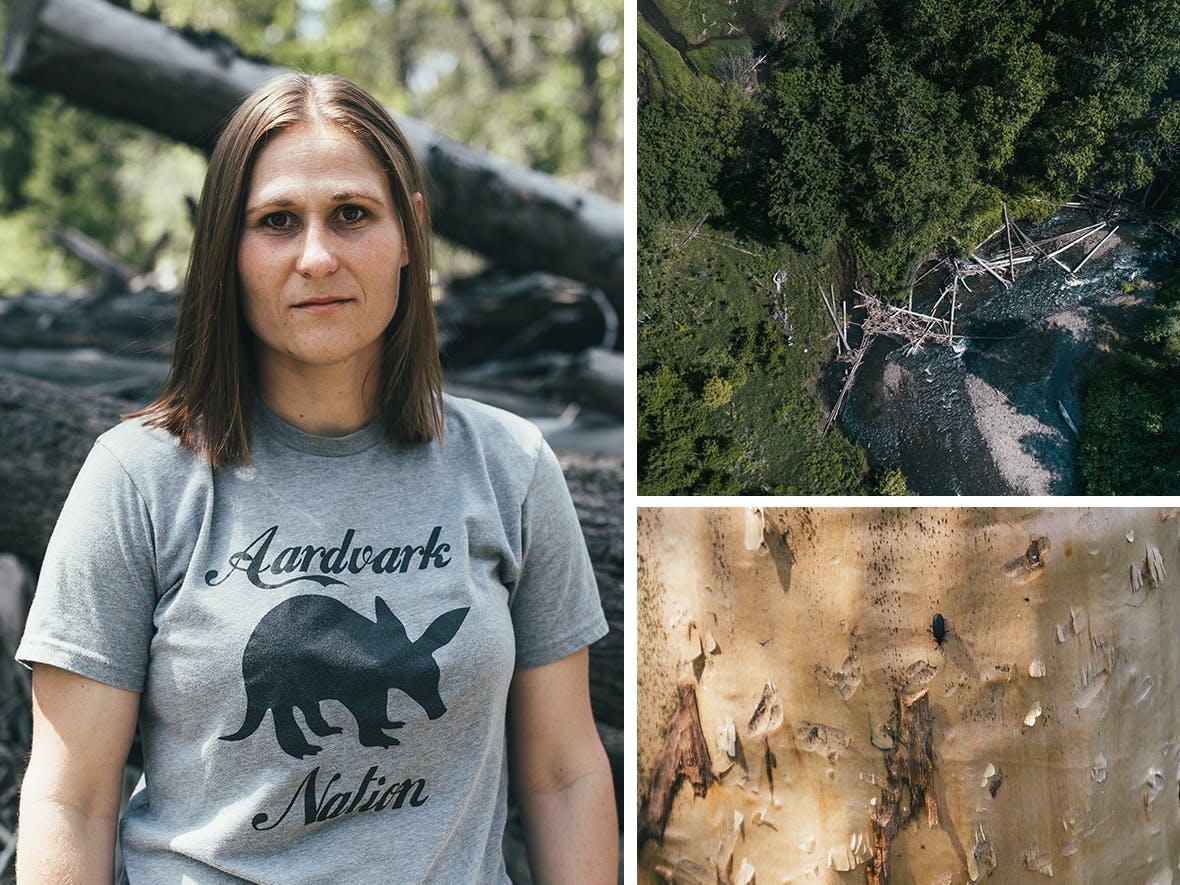
As I tour the hatchery and see the large holding tanks and massive plumbing infrastructure needed to raise salmon, Ward and hatchery manager D.J. Brownlee make it clear that a driving factor behind the operation is preserving wild genetics, which provide a natural, wild-raised breedstock as opposed to artificially propagated bloodlines. The rivers need more salmon, and released salmon can support struggling populations, Ward says. But without the right genetics, the facility is little more than a meat factory—its most lasting impact will be an annual tonnage of flesh rather than implementing a parentage to ensure the viability of future populations.
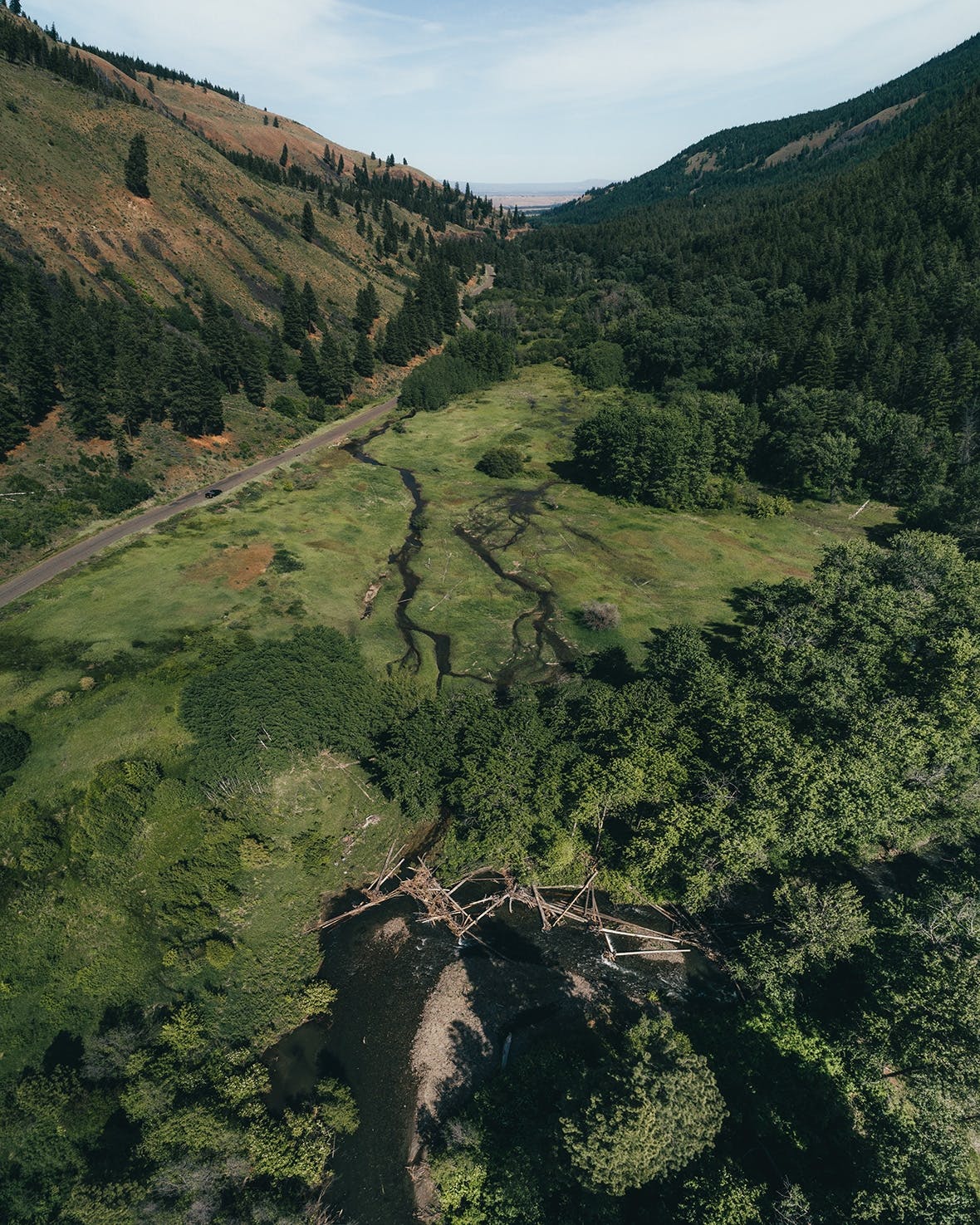
The hatchery catches wild salmon during spawning periods. Fish from the beginning, middle, and end of the roughly three-week runs are kept to breed. Two hundred eighty females will yield 4,000 eggs each. The breeding is structured so that six females are cross-fertilized by three males, and each male fertilizes six females’ eggs. That six-by-three breeding structure produces 18 variations of the genetics and about 1.2 million eggs that are run through a scanner to test for fertility.
Once the hatchery fish reach smolt size, about four or five inches, they’re moved to their new homes: release sites in the Yakima River and two tributaries. The fish are placed in tanks that allow the stream water to run through them. They’re acclimated to the environment and imprinted on the location, meaning that by the time the tank gate swings open and they begin their downstream trek, they’ll have sufficient “memory” of the waterway to return to it four or five years later to spawn. In its 20 years of operation, the hatchery has successfully rebuilt and established populations of several species of fish, and in doing so become a model for salmon recovery.
“We’re all working for the fish,” Nicolai says. “Coho were pretty much extinct in this area ten years ago, and now look at what we have. We’re giving the rivers back to the fish.”
Story by Will Grant
Photography by Dylan Furst
